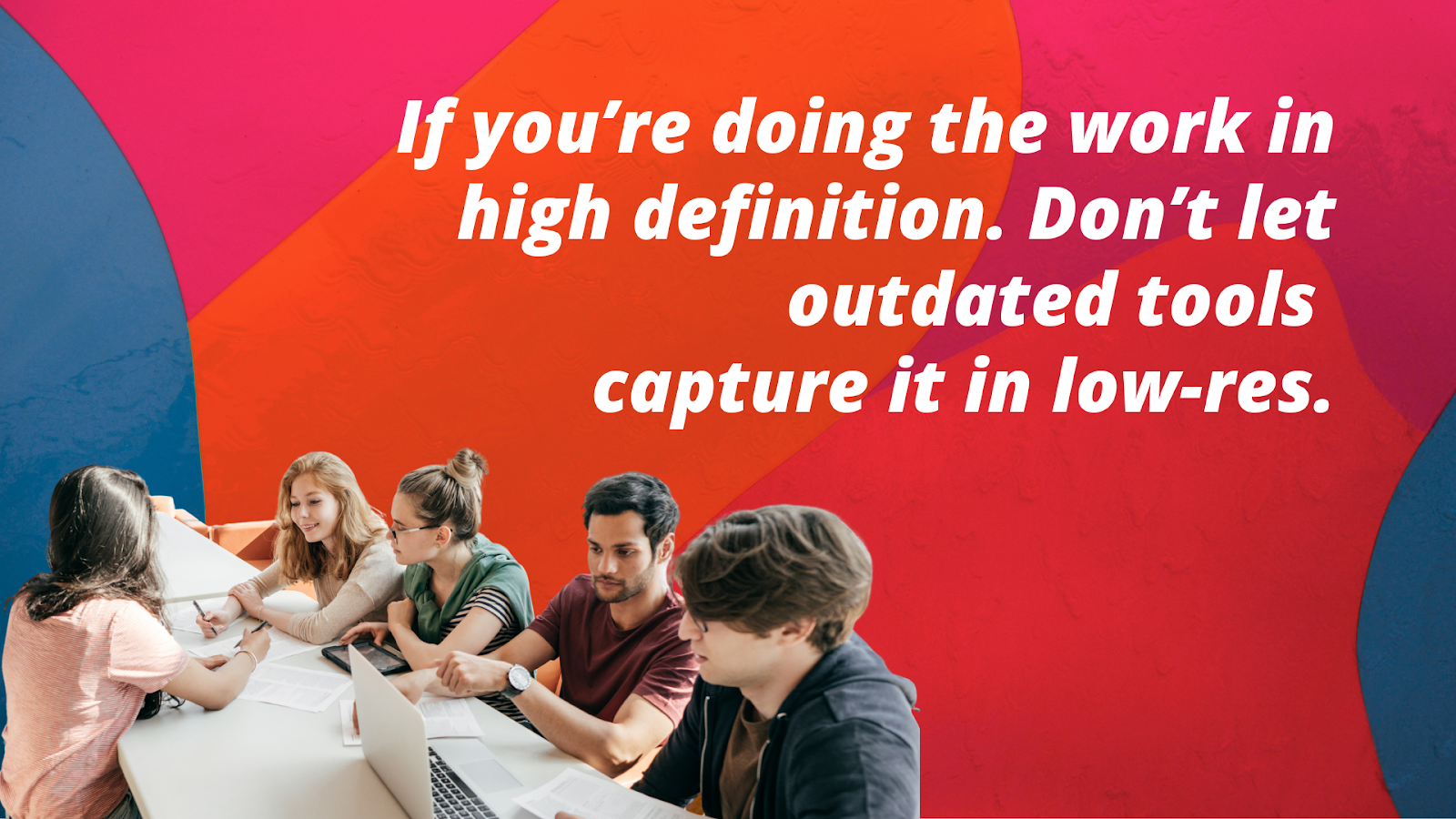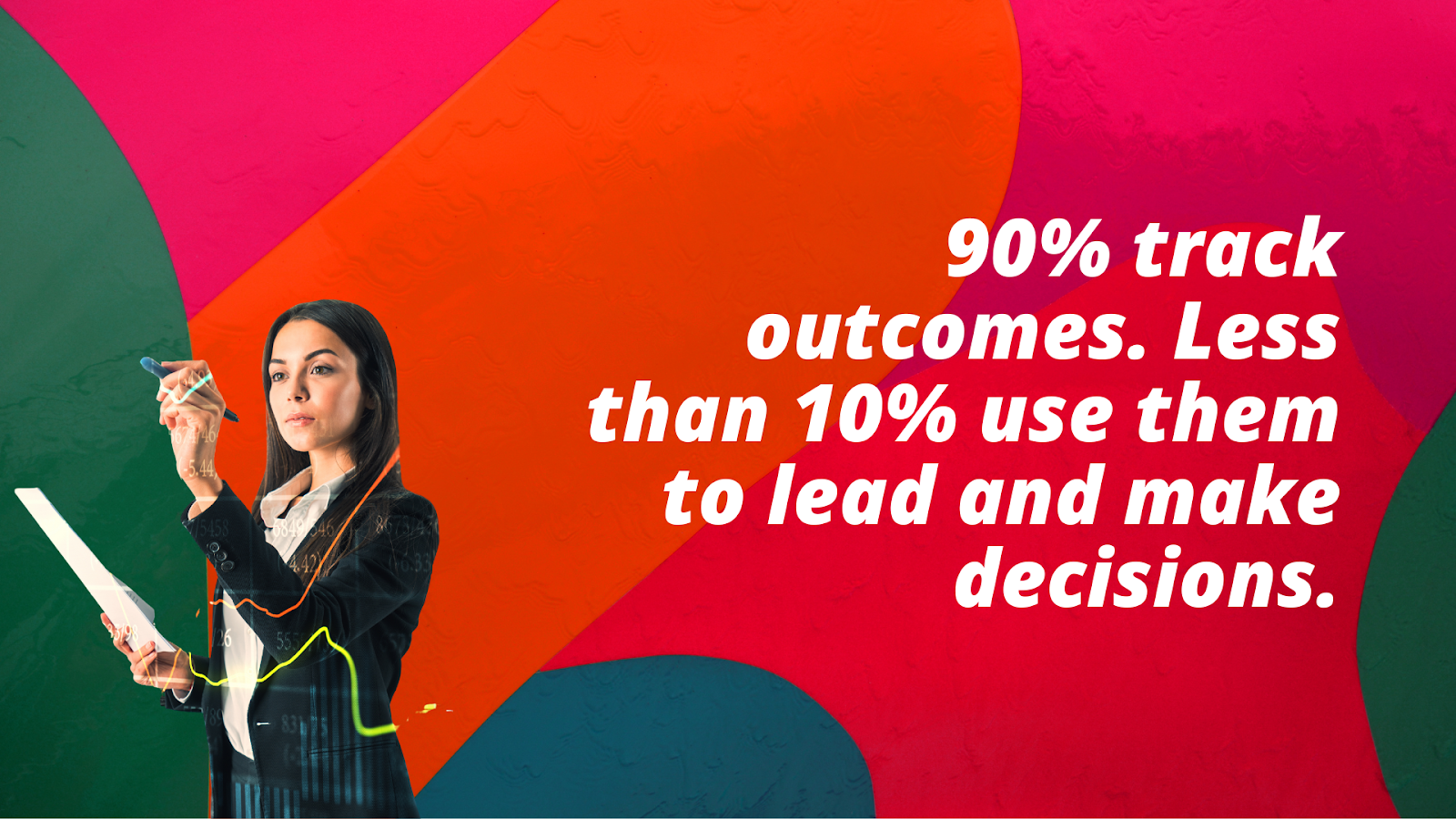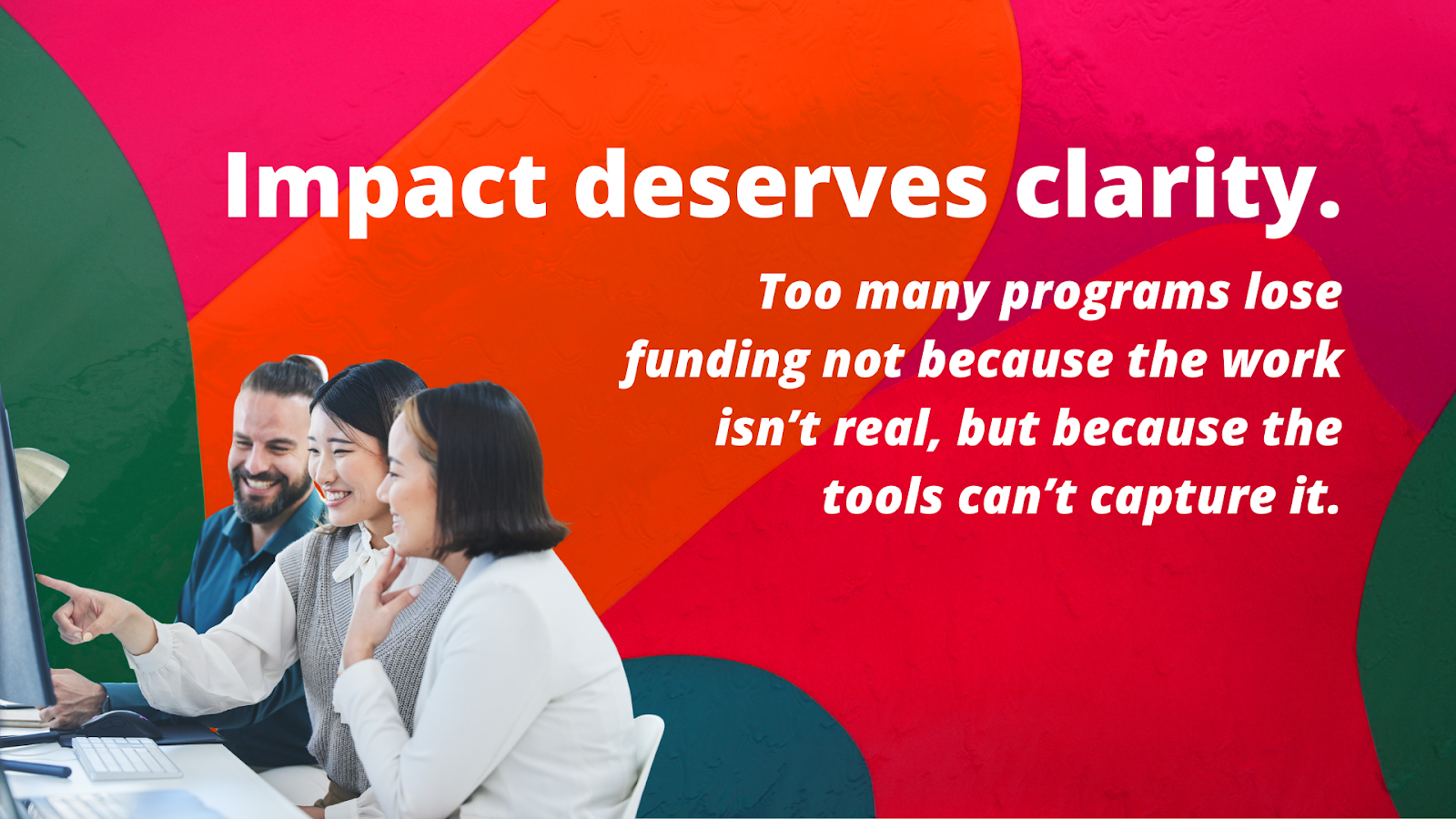Bringing the Work Into Focus
Lately, I’ve been experimenting with high-speed photography.Trying to capture motion. The exact moment a surfer drops into the wave. The instant a car enters the curve.
It taught me something simple:
Even if the camera is expensive, the image will come out blurry if the lens isn’t built to capture motion.
That’s what it feels like for small business program managers who are not using the right tools.
Program Managers are the backbone of entrepreneurial ecosystems.
They run programs with purpose, connecting founders to funding, mentorship, and support.
They collect intake, track outcomes, and turn data into action. Fueled by passion and rooted in community, they build trust and open doors for those often overlooked.
But here’s the truth:
Too many programs are losing out on future funding, not because the impact isn’t real, but because the tools weren’t built to capture it clearly.
52% of funders say they’ve declined to renew grants because impact data was “incomplete, unclear, or inconsistent.” (Center for Effective Philanthropy, 2019) And up to 35% of federally funded TA programs fall out of compliance in Year 1 due to underbuilt data infrastructure. (GAO, 2022–2023)
Generic CRMs don’t understand this work.
They’re built for pipelines and product sales; not for tracking the journey of a first-time entrepreneur navigating licensing, mentorship, capital access, and community support.
So instead of doing the work, you spend hours customizing fields, patching together spreadsheets, or explaining your program to software that was never meant for it.
In fact, over 54% of social impact programs use 3–6 different tools just to piece together the full picture. (TechImpact, 2020) And nearly 70% of staff say they spend more time collecting data than using it. (TechSoup, 2021)
Even then, it rarely fits the way their teams operate.

We Built the Right Lens to Capture the Moment That Moves the Needle: A streamlined CRM and data visualization software for program management
Seven years ago, our team started building a system that could finally keep up.
We weren’t repackaging enterprise software.
We weren’t interested in selling another dashboard to check boxes.
We built a platform specifically for small business program managers.
Something that works the way program managers actually work.
A system designed to solve a very specific problem.
It captures every referral, mentorship, milestone, and capital connection.
And it turns that information into reports funders can actually use.
No fancy consultants or hours spent stitching together five systems.
Just implementation engineers who’ve actually run programs like yours.
Programs that invest in strong data infrastructure are 3x more likely to win follow-on funding. (Data.org, 2021)

Because Losing Funding Should Never Be the Result of Bad Tools
The hard part is already done.
The trust has been built, relationships nurtured, and outcomes delivered.
Grants shouldn’t be lost because a CRM was designed for sales teams.
Programs shouldn’t be penalized for data that doesn’t fit a rigid format.
Good work shouldn’t be overlooked because the wrong tools were in place.
Catalyzer was built to change that.
A platform designed for the pace of real program work.
Purpose-built for the field. Backed by experts who understand it.

We spent 7 years to develop a clear lens, so impact is no longer hidden behind systems that weren’t made for small business programs.
Catalyzer is built so your impact doesn’t just happen. It gets seen, trusted, and funded.
References
Center for Effective Philanthropy. (2019). Strengthening Grantees: Foundation and Nonprofit Perspectives. https://cep.org/portfolio/strengthening-grantees-foundation-and-nonprofit-perspectives/
Data.org & The Rockefeller Foundation. (2021). Data for Impact: Building the Field of Data Science for Social Impact. https://data.org/research/data-for-impact/
GAO (U.S. Government Accountability Office). (2022–2023). Small Business Administration: Oversight of Technical Assistance and Loan Programs. https://www.gao.gov/
Salesforce.org. (2022). Nonprofit Trends Report: Fifth Edition. https://www.salesforce.org/resources/research/nonprofit-trends-report-fifth-edition/
Stanford Social Innovation Review. (2018). The Nonprofit Starvation Cycle. https://ssir.org/articles/entry/the_nonprofit_starvation_cycle
TechImpact & NetHope. (2020). The State of Nonprofit Digital Transformation. https://www.techimpact.org/reports/
TechSoup Global & NTEN. (2021). The 2021 Nonprofit Technology Adoption Report. https://www.nten.org/research
Urban Institute. (2022). Small Business Ecosystems and Federal Relief: Challenges and Opportunities. https://www.urban.org/research/publication/small-business-ecosystems-and-federal-relief
Project Evident. (2020). Learning and Evaluation in Philanthropy: The Case for New Investment. https://projectevident.org/resources/




.jpg)